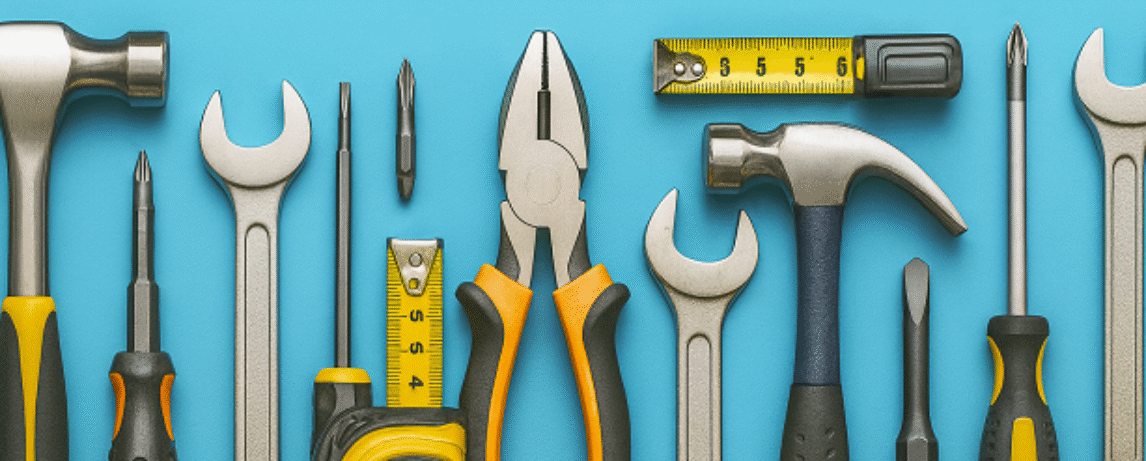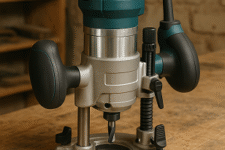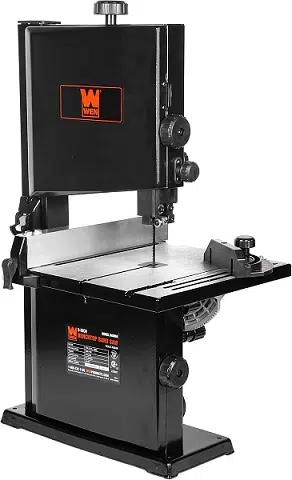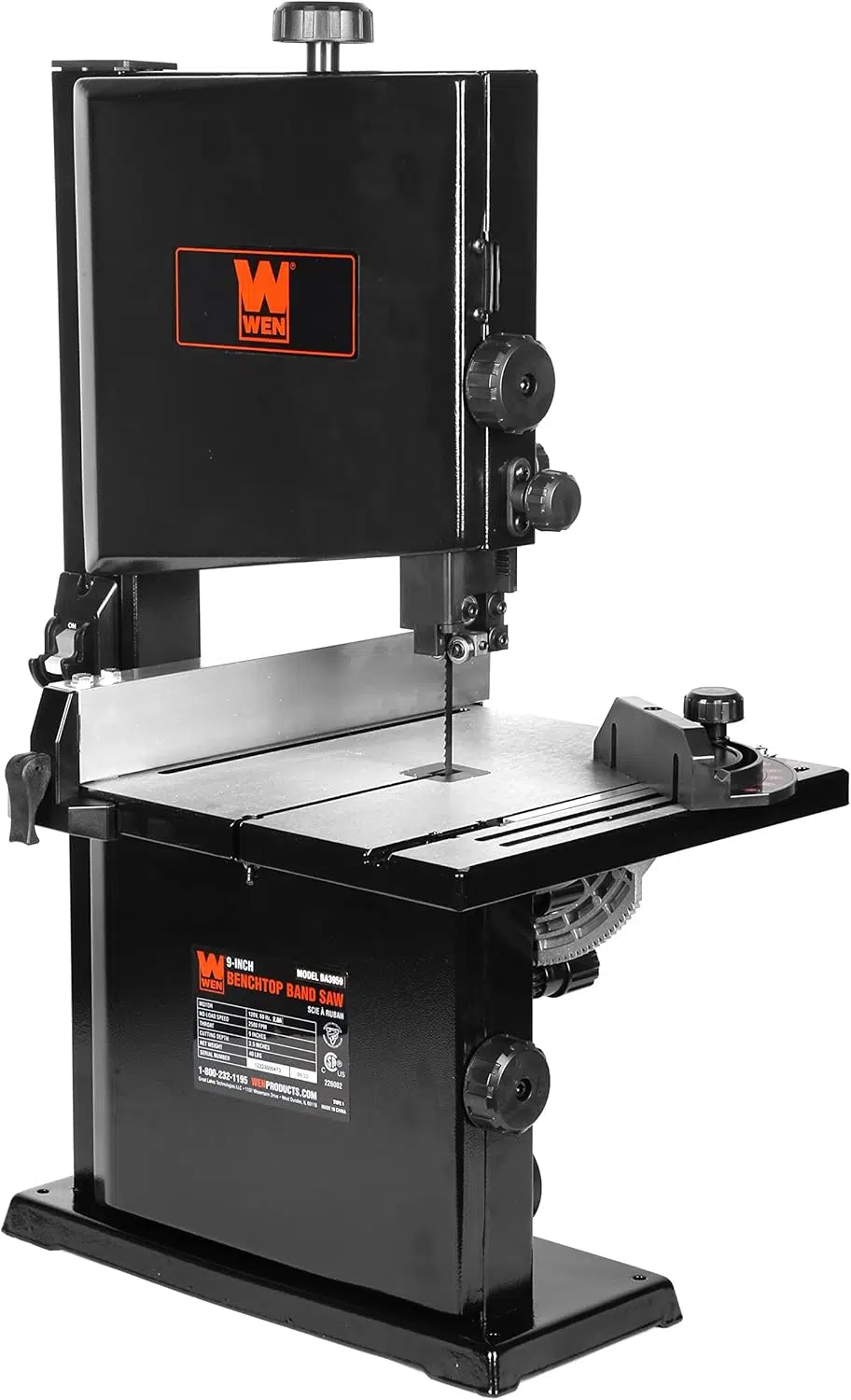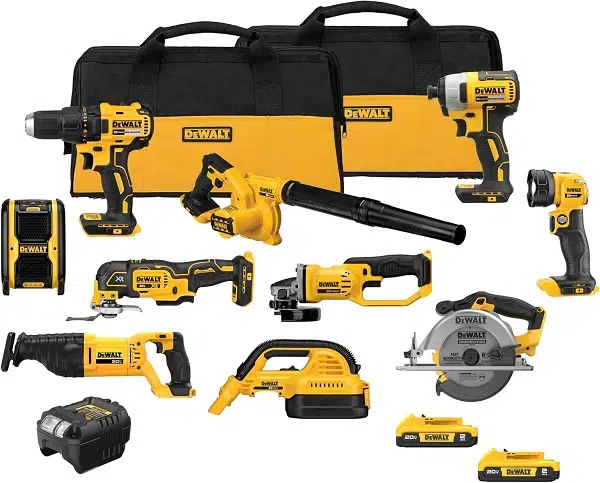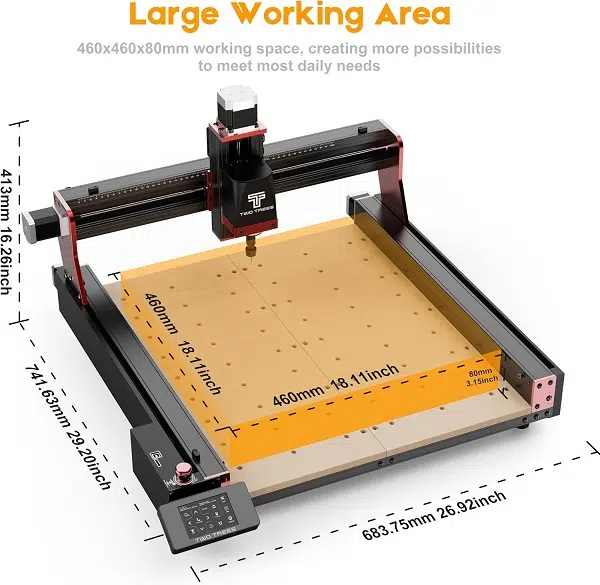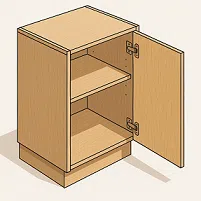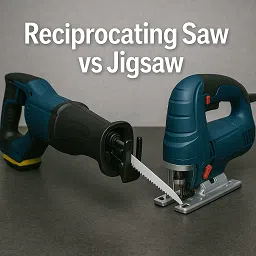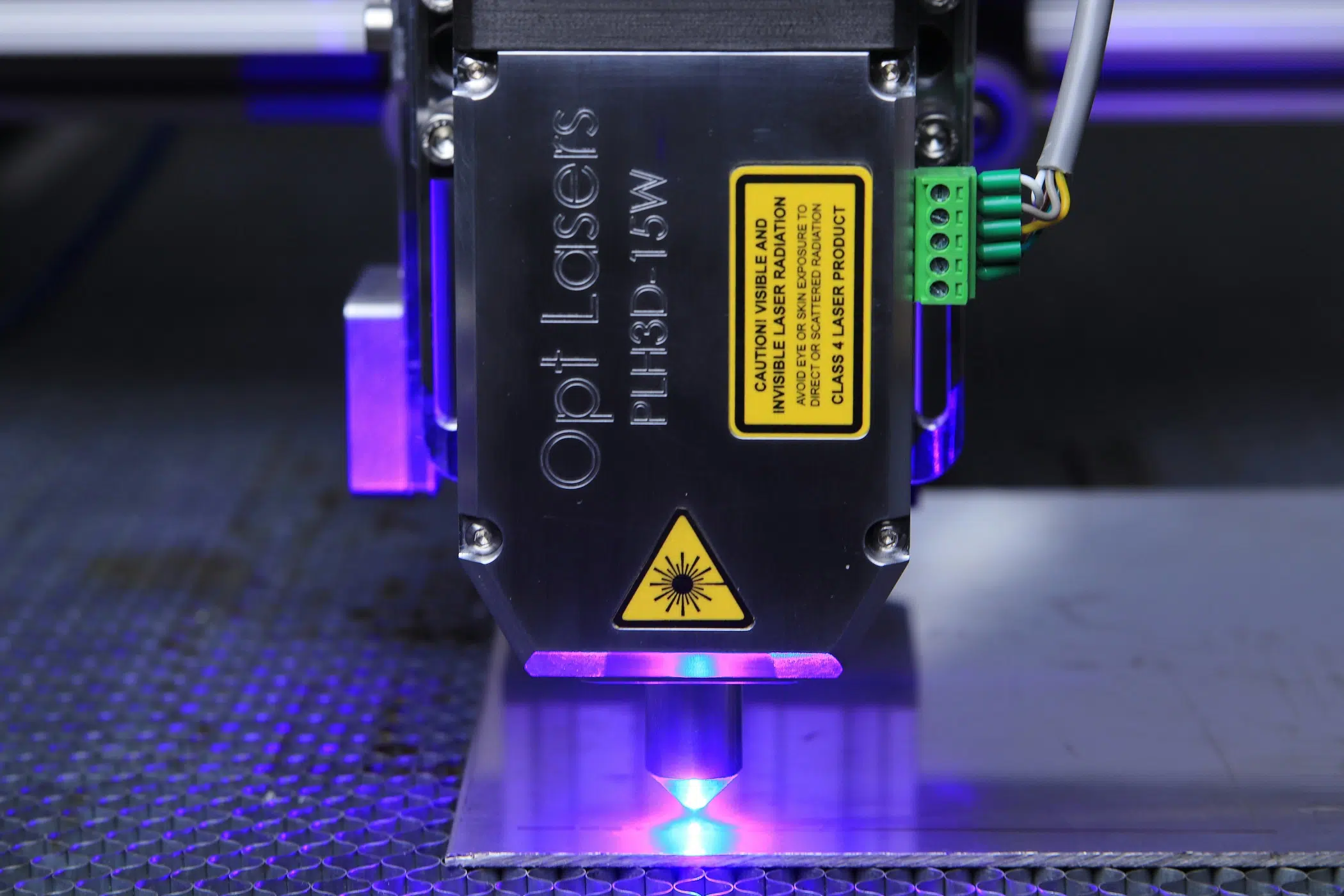
CNC Laser Cutting Machine: Practical Guide for Workshops, Students, Labs, Production & Model Makers
Table of Contents
Introduction
Whether you’re running a technical workshop, training engineering students, validating prototypes in a research laboratory, streamlining a production department, or crafting scale models, a CNC laser cutting machine can transform how you make parts. This guide explains how it works, the differences between fiber and CO₂ technology, and how each audience can squeeze the most value from their investment.
Across all of these environments, investing in a CNC laser machine accelerates learning curves and reduces manual rework.
What Is a CNC Laser Cutting Machine?
A CNC laser cutting machine uses computer numerical control (CNC) to drive a focused laser beam along precise toolpaths. Your CAD file (DXF, SVG, etc.) is converted by laser cutting software into coordinates. The beam melts or vaporizes material, producing a narrow kerf and clean edges with minimal finishing.
Supporting keywords used here and below: CNC laser cutter, fiber laser cutting, CO₂ laser cutting, laser cutting machine for metal, CNC laser engraving, sheet metal fabrication, industrial laser cutter, laser cutting maintenance, laser safety equipment, small business laser cutting, rapid prototyping, model making.
Fiber vs CO₂ Technology
Fiber laser cutting excels at metals—stainless steel brackets, aluminum panels, brass nameplates—thanks to higher electrical efficiency and low maintenance. CO₂ laser cutting is versatile for non‑metals: acrylic signage, wood parts, leather, paper, foam cores for architectural or model making projects.
When shortlisting a CNC laser cutting machine, start by mapping your dominant materials to the technology column above so you avoid paying for capability you won’t use.
| Feature | Fiber Laser | CO₂ Laser |
|---|---|---|
| Strength | Fast metal cutting, low upkeep | Versatile organic materials |
| Typical Users | Production departments, research labs needing metal prototypes | Model makers, engineering students, small business laser cutting |
| Maintenance | Minimal (sealed source) | Mirror alignment, tube replacement |
| Cost | Higher upfront | Lower entry price |
Key Components to Understand
- Laser Source: Fiber module or CO₂ glass tube.
- Motion System: Servo/stepper motors and linear rails for repeatability—crucial in production and research measurements.
- Optics & Focus Head: Auto‑focus speeds changeovers between metal thicknesses.
- Assist Gas: Oxygen for speed on mild steel, nitrogen for oxide‑free edges in stainless (important for lab cleanliness).
- Controller & Laser Cutting Software: Sets power, speed, piercing—students learn process parameters here.
- Cooling & Exhaust: Chiller protects components; proper extraction keeps classrooms and labs safe.
Audience‑Specific Benefits
1. Technical Workshop Operators
Improve throughput in sheet metal fabrication by nesting parts tightly and reducing manual deburring. The industrial laser cutter integrates with existing CAD/CAM workflows, shortening lead times.
2. Engineering Students
A CNC laser cutter is a hands‑on teaching platform. Students visualize tolerances, experiment with feed rates, and perform CNC laser engraving for labeling test rigs—bridging theory and manufacturing practice.
3. Research Laboratory
Labs need consistent, controllable process parameters. Fiber systems offer repeatable energy density, useful for materials testing, microfluidic layers, or rapid fixture creation. Digital logs help with experimental traceability.

4. Production Department
Automated loading, barcode engraving, and integration with ERP/MES systems reduce manual handling. Faster changeovers mean just‑in‑time batches instead of large inventory. Track OEE by logging cut time vs idle time.
5. Model Makers & Prototyping Shops
For rapid prototyping and model making, a CO₂ CNC laser cutting machine quickly slices acrylic windows, plywood formers, styrene sheets, and foam core with hairline accuracy. Need thin metal brackets or photo‑etch substitutes? A compact fiber laser cutting unit can handle light gauge metal, while the same workstation performs CNC laser engraving of panel lines, serial numbers, or scale textures. Because the laser cutting software lets you tweak kerf compensation and layer settings in minutes, you can iterate multiple design revisions in a single afternoon—far faster than outsourcing. Proper use of laser safety equipment and a simple laser cutting maintenance checklist (clean lens, check focus, purge fumes) keeps consistency high and protects delicate prototype materials.
6. Small Business Laser Cutting
For entrepreneurs, small business laser cutting turns a garage or storefront into a lean manufacturing cell. With one CNC laser cutting machine you can produce personalized signage, awards, packaging inserts, jewelry blanks, and short‑run metal tags—then upsell with CNC laser engraving for branding. Start with an affordable CO₂ unit for organics and upgrade to an industrial laser cutter (fiber) as orders for stainless or aluminum grow. User‑friendly laser cutting software reduces training time for staff, while routine laser cutting maintenance (filter changes, lens cleaning) maximizes uptime. Investing early in proper ventilation and laser safety equipment not only keeps compliance simple but also builds customer trust when they tour your workshop.
Cost & ROI
Entry‑level CO₂ desktop units may start in the low thousands; mid‑range fiber machines for metal can reach tens of thousands. Calculate payback using:
- Saved outsourcing fees.
- Labor reduction (less sanding).
- New revenue (engraving services, prototype turnaround).
Many shops see a return in 12–24 months once utilization surpasses a few hours per day.
Maintenance & Reliability
Create a simple laser cutting maintenance log:
- Daily: Clean lens/window, check air assist.
- Weekly: Inspect rails, lubricate per manufacturer.
- Monthly: Filter replacement (exhaust), mirror alignment (CO₂).
Fiber sources often run tens of thousands of hours—ideal for production and research continuity. - Keep a simple digital log for your CNC laser machine so trends in lens contamination or alignment drift are caught early.
Safety Essentials
Always use appropriate laser safety equipment: wavelength‑rated eyewear, interlocked doors, and proper fume extraction (especially when cutting plastics). Train students and new staff on material restrictions—avoid PVC and unknown composites to prevent toxic gases.
Selecting the Right Machine
- Material Mix: Metal‑heavy → fiber; organics/mixed materials → CO₂.
- Bed Size: Fit your largest plate or model layout with room for fixtures.
- Power Rating: Higher wattage increases speed on thick stock; moderate power is fine for educational and model making tasks.
- Software & Support: User‑friendly interface lowers training time for students and operators.
- Scalability: Look for options like rotary attachments (tubes), cameras for registration, or automation modules.
- Request sample cuts from each vendor’s CNC laser cutting machine and compare edge quality side by side before committing.
Final Thoughts
A well‑chosen CNC laser cutting machine becomes a central tool across education, research, production, and creative model making. By aligning technology (fiber vs CO₂) with your material needs, maintaining it properly, and enforcing safety, you unlock cleaner edges, faster development cycles, and measurable ROI.
With a properly chosen CNC laser, each department—from education to production—gains measurable speed and precision. Start with a pilot project—cut a real part, engrave a label—and watch how quickly laser capability spreads through your organization.
Tags: types of CNC laser cutting machine, cnc co2 laser cutting machine
